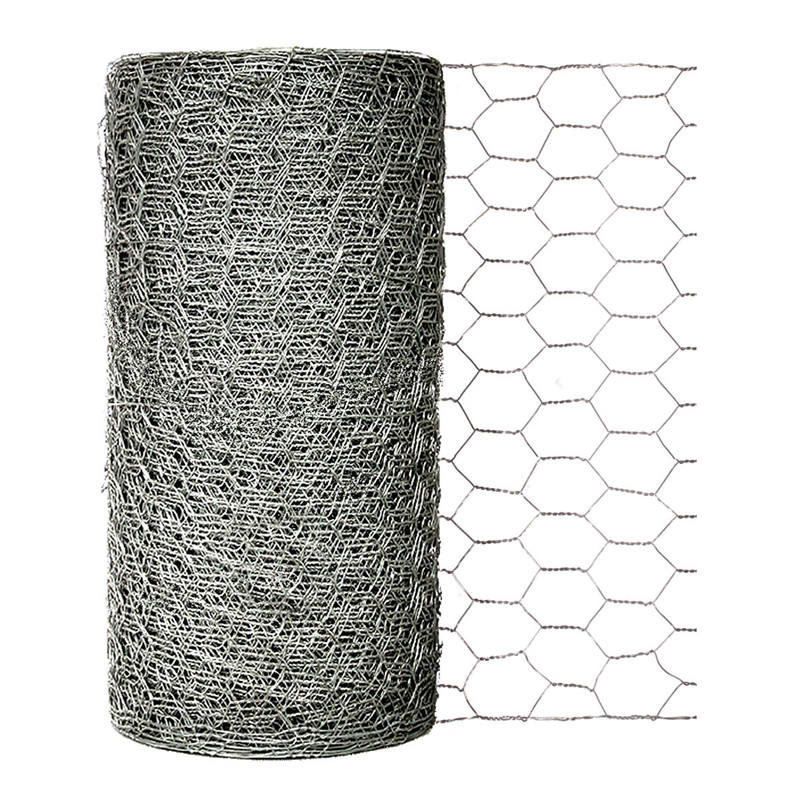prestressed steel strand
11 月 . 15, 2024 19:22
The Importance of Prestressed Steel Strand in Modern Construction
In the realm of civil engineering and construction, the quest for stronger, more resilient materials has led to the evolution of various technologies designed to enhance structural integrity. One such innovation is the use of prestressed steel strands. These specialized steel wires play a critical role in constructing a diverse range of structures, including bridges, buildings, and even parking garages. Understanding the mechanics, benefits, and applications of prestressed steel strands is essential for architects, engineers, and construction professionals.
At its core, prestressed steel strand is a type of high-strength steel cable that is intentionally tensioned before being embedded in concrete. This process, known as prestressing, allows the concrete to withstand greater loads and resist cracking under tension. The strands are typically made from several plain high-carbon steel wires that are twisted together, providing not only enhanced strength but also flexibility in design. Once the strands are tensioned, they exert a compressive force on the concrete, improving its ability to bear loads and prolonging its lifespan.
One of the primary benefits of prestressed steel strands is their ability to reduce the amount of concrete required in a structure. By utilizing prestressing techniques, engineers can create thinner concrete sections that still meet the necessary performance criteria. This results in lighter structures, which can lead to significant savings in materials and costs. Furthermore, the efficiency of prestressed systems allows for longer spans without needing additional support columns, creating more open and usable spaces in buildings and bridges.
prestressed steel strand

The applications of prestressed steel strands are wide-ranging. In the construction of bridges, for instance, they enable engineers to design longer spans, minimizing the number of piers and enhancing aesthetic appeal. In buildings, prestressed components can be used in floor slabs, beams, and walls, providing improved resistance to various loads, including seismic forces. Parking structures benefit significantly from prestressed concrete, allowing for greater clear spans and reducing the need for intermediate supports, thereby maximizing parking space.
Additionally, the durability of prestressed steel strands contributes to the longevity of structures. The compression introduced by the prestressing process mitigates the risk of tensile cracking, thereby extending the lifespan of concrete elements subjected to harsh environmental conditions. This durability is particularly valuable in infrastructure projects where maintenance costs and long-term performance are critical considerations.
However, the successful implementation of prestressed steel strands requires meticulous planning and skilled execution. Factors such as the quality of materials, the tensioning process, and proper curing of concrete all play vital roles in ensuring the effectiveness of prestressing systems. Engineers must also consider the specific loads and environmental conditions the structure will face during its lifespan.
In conclusion, prestressed steel strands are a vital component of modern construction practices, offering enhanced strength, durability, and efficiency. Their ability to allow for longer spans and reduce material usage makes them an indispensable tool for engineers and architects aiming to create innovative and enduring structures. As the demands of infrastructure evolve, the role of prestressed steel strands will undoubtedly continue to grow, shaping the future of construction. The integration of these advanced materials signifies a step towards more sustainable and resilient engineering practices, reflecting the ongoing commitment to improving the built environment.




















